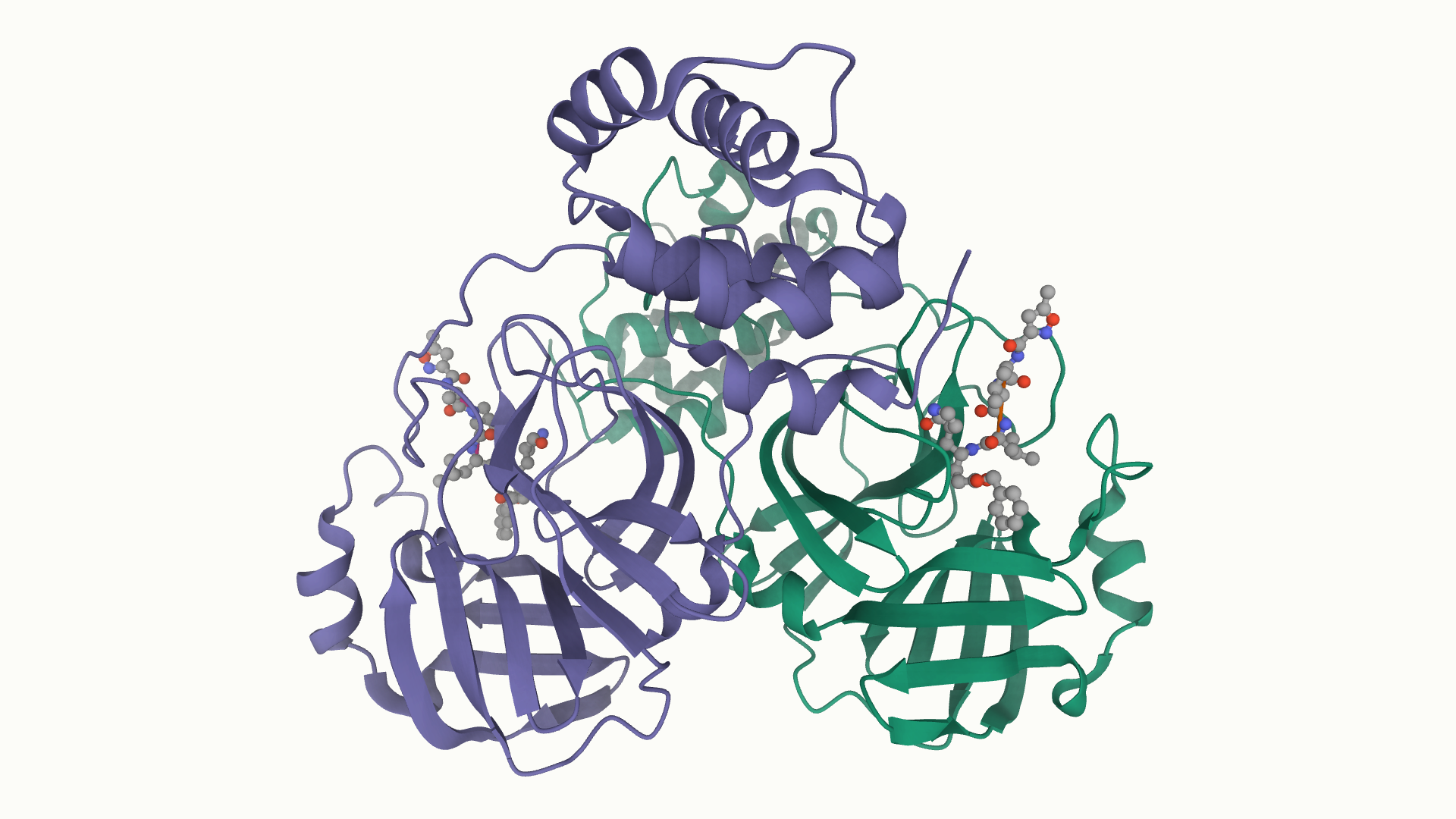Almost 20 years ago, faculty in the chemistry department of Stanford University launched a distributed computing project called Folding@Home (F@H). They sought to understand how proteins self-organize and why this process sometimes goes wrong, causing issues such as cancer and Alzheimer’s Disease.
F@H hit its pinnacle of mindshare—and performance—in 2007, when Sony added it to the PlayStation 3. But like many other projects, it saw a gradual decline in its popularity since. This past March, however, F@H saw a sudden resurgence. Thanks to a confluence of events, notably including the SARS-CoV-2 pandemic, Folding@Home broke the exaFLOP barrier at least one or two years before Intel, AMD, IBM, or Cray could do it. Here’s how those events played out.
In distribution
Distributed computing projects partition a massive processing job out to individual computers, with each doing a small slice of the job. You can set the most distributed computing apps to run only when your PC is idle or let it run in the background while using it.
SETI@Home, which was one of the first high-profile projects, sifted through radio telescope recordings to look for extraterrestrial signals. GIMPS, or the Great Internet Mersenne Prime Search, sought to find the largest prime numbers ever. Distributed.net tried to break RSA encryption. And so on.
The higher-profile SETI@Home recently ended its 21-year run having found nothing. By contrast, Folding@Home yielded quite a few results, in the form of 233 research papers. Among the big finds were studies into the dynamic nature of kinases and G protein-coupled receptors (GPCRs), as well as work on antibiotic-resistant bacteria and proteins from the Ebola virus.
F@H learned new ways to target these proteins in structure-based drug design, and findings from the simulations are being used by labs and startups, according to Dr. Vijay Pande, the former Stanford chemistry professor who led the project for 19 years. Today, Pande is a venture capitalist with Andreesen Horowitz. “One of the reasons I changed [careers] to investing is because we have shifted from the basic question of how we need to understand, to 'this is helpful,' to 'let’s get this information into the hands of people who can use it,'” he said.

 Loading comments...
Loading comments...
